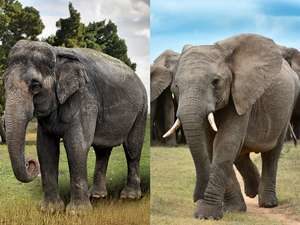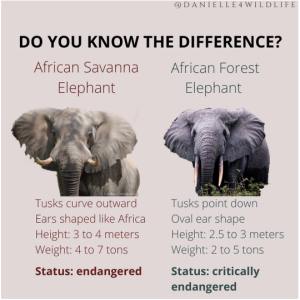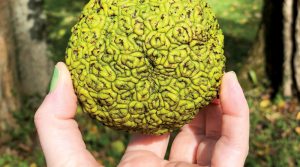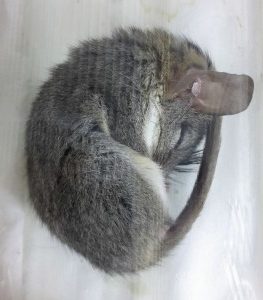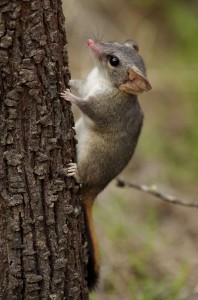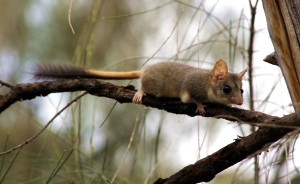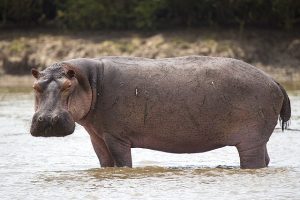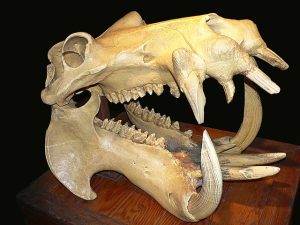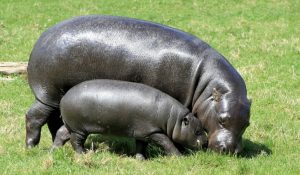Podcast: Play in new window | Download (Duration: 9:09 — 10.5MB)
We have merch available again!
Thanks to Eilee for suggesting this week’s topic, Archaeopteryx!
Further reading:
Dinosaur feather study debunked
Archaeopteryx fossil provides insights into the origin of flight
An Archaeopteryx fossil [By H. Raab (User: Vesta) – Own work, CC BY-SA 3.0, https://commons.wikimedia.org/w/index.php?curid=8066320]:
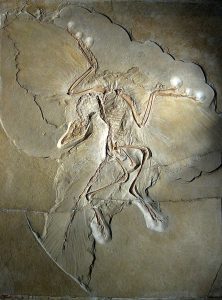
Show transcript:
Welcome to Strange Animals Podcast. I’m your host, Kate Shaw.
We’ve had a lot of mammal episodes lately, so this week let’s learn about a reptile…uh, a bird. Not quite a bird, not exactly a reptile. That’s right, it’s an episode about archaeopteryx, a suggestion by Eilee!
A quick note before we start to say that I finally got around to setting up merch again if you want to order a t-shirt or water bottle or whatever with the podcast’s logo on it. I’m using Redbubble this time because they have a lot more items available than our previous vendor. There’s a link in the show notes.
We also have new stickers and those are free, so if you want one, just drop me an email and let me know what your mailing address is. The new sticker is a drawing of a capybara made by me. Anyway, on to the archaeopteryx!
The first archaeopteryx fossils were discovered in Germany in 1861. Before the first skeleton of an archaeopteryx was discovered, though, a single feather impression was found in a limestone quarry that has produced a lot of spectacularly well-preserved fossils. When the full specimen turned up later that same year, palaeontologists decided the feather came from the same animal.
That decision has been questioned repeatedly over the years. A study conducted with laser imaging determined that the single feather was different from the feathers of other archaeopteryx specimens. Results of that study were published in 2019, but in October of 2020 results of a study conducted with a specialized electron microscope determined that the feather did come from an archaeopteryx. The 2020 study also found that the feather was black.
Archaeopteryx lived around 150 million years ago in what is now Europe. It was about the size of a crow but while it looked a lot like a bird, it also looked a lot like a little dinosaur. It had small teeth and a long lizard-like tail. Of the twelve Archaeopteryx fossils found so far, all but one have feather impressions that indicate it had flight feathers on its arms, or rather wings, but at least one specimen also had flight feathers on its legs, which are sometimes referred to as hind wings. These hind wings would have helped it maneuver through branches even though its front wings were limited in their range of motion. It was probably a slow flyer that ate whatever small animals it could catch.
The wing feathers of archaeopteryx were very similar to those of modern birds, and a study published in late 2020 discovered another similarity. Birds molt their feathers and replace them the same way mammals shed hairs and regrow them, but it’s a little trickier for birds. A bird that loses too many feathers from its wings can’t fly until new feathers grow in. Modern birds solve this issue by molting only one pair of wing feathers at a time, and once the replacement grows in, the next pair is shed. The study examined fossilized archaeopteryx wings using a process called laser-stimulated fluorescence imaging, which can reveal details that aren’t otherwise visible. It discovered feather sheaths hidden under what would have been the skin of the wings, ready to grow new feathers. The feather sheaths were the same on both wings and resembled the molting pattern seen in modern falcons.
Archaeopteryx also had feathers on the rest of its body, but they aren’t well preserved so paleontologists can’t determine too much about them. They might have been more fluffy than sleek, like the soft downy feathers in young modern birds, or it might be that the fluffy feathers just happened to be the ones that were most preserved.
Palaeontologists study archaeopteryx because it gives us so much information about how birds evolved from dinosaurs. Archaeopteryx was still very much a dinosaur even though it looked superficially like a bird. Microscopic examination of the fossilized cells and blood vessels inside its bones show that it actually grew very slowly. Modern birds grow extremely quickly when they’re young. One scientist pointed out that when you watch a flock of pigeons, you can’t really tell which ones are fully grown and which ones are still quite young, because baby pigeons grow to an adult size so quickly. Dinosaurs grew to their adult size much more slowly, even the small carnivorous dinosaurs that were ancestral to modern birds. The study determined that Archaeopteryx would probably have taken almost three years to grow to its adult size.
The Archaeopteryx fossil called “specimen number eight” was determined to be a different species from the others, in a study published in 2018. It’s about half a million years younger than the other known specimens and has characteristics found in modern birds that the others don’t have. Its adaptations would have made it a better, more efficient flyer. The differences weren’t noticed before because it’s not a very good specimen and many of the bones are damaged and still embedded in the rock where they can’t be seen. The study used a process called synchrotron microtomography to basically take a 3D scan of the fossil and its rock matrix so scientists can study the scan without breaking the rock open and destroying parts of the fossil.
At the time that archaeopteryx lived, the sea levels were much higher than they are now and Europe was mostly a series of large islands in a shallow sea. The part of Europe that’s now Germany was subtropical but fairly dry, without much rain. All the archaeopteryx specimens have been found in limestone that was once mud at the bottom of a placid lagoon, protected from ocean currents and waves by small islands covered with shrubby vegetation. Archaeopteryx probably lived on these small islands, and while we don’t know how it behaved, many paleontologists think it may have hunted both by running on its long hind legs and by flying, just like a lot of birds do today. We have fossilized remains of little lizards and insects that would have made good meals for a hungry archaeopteryx.
What we do know is that sometimes an archaeopteryx had a very bad day and ended up drowning in the lagoon. On rare occasions, the body floated around until it decomposed enough that it sank into the mud at the bottom. Over millions of years, this mud turned into fine-grained limestone that preserved the fossil archaeopteryx remains in incredible detail.
For a long time, people thought archaeopteryx was a so-called missing link between dinosaurs and birds, and that it was the first bird. We now know that isn’t true. There were other bird-like dinosaurs that could fly before archaeopteryx evolved, although archaeopteryx was a very early flying avian dinosaur.
More importantly, we now know that birds are basically very derived dinosaurs. Dinosaurs had so many features we associate with birds, and birds still have so many features we associate with dinosaurs, that it’s hard to decide whether an animal like archaeopteryx was a bird-like dinosaur or a dinosaur-like bird. I guess it was sort of both.
You can find Strange Animals Podcast at strangeanimalspodcast.blubrry.net. That’s blueberry without any E’s. If you have questions, comments, or suggestions for future episodes, email us at strangeanimalspodcast@gmail.com. If you like the podcast and want to help us out, leave us a rating and review on Apple Podcasts or Podchaser, or just tell a friend. We also have a Patreon at patreon.com/strangeanimalspodcast if you’d like to support us for as little as one dollar a month and get monthly bonus episodes.
Thanks for listening!
